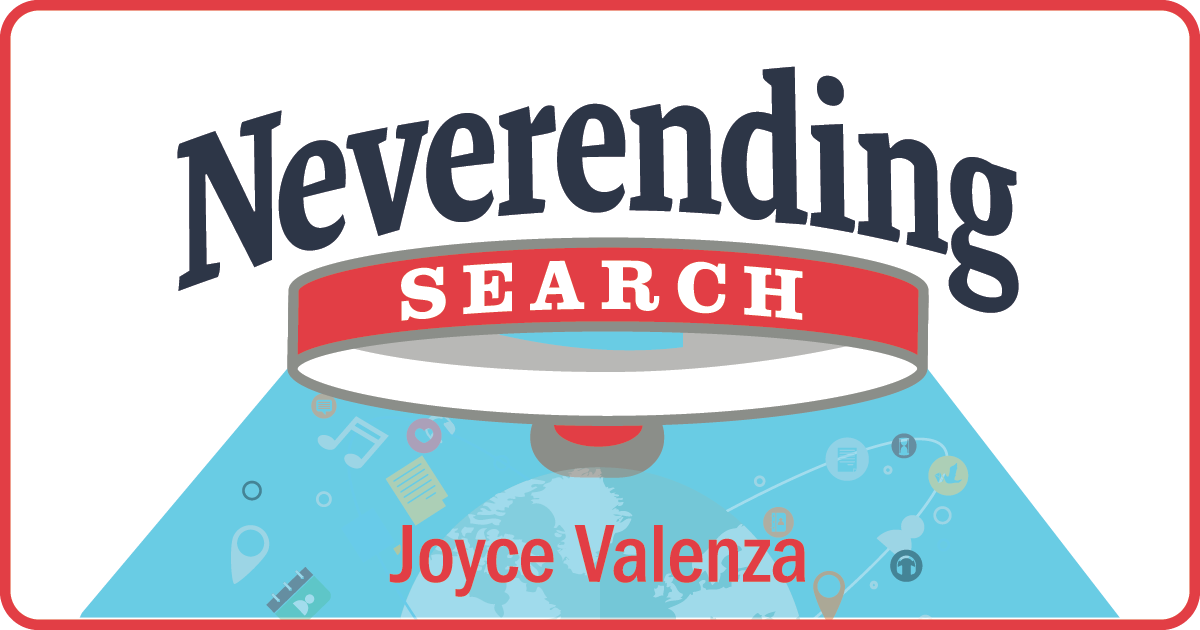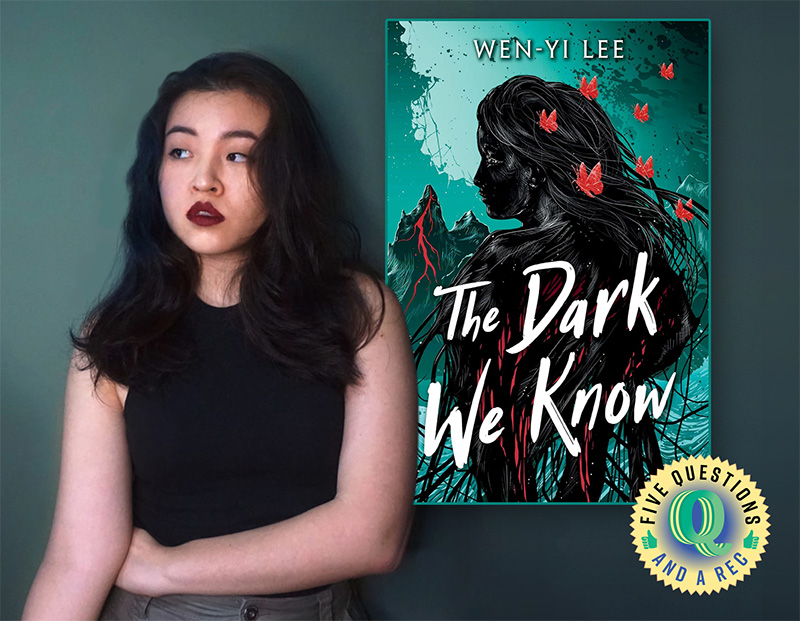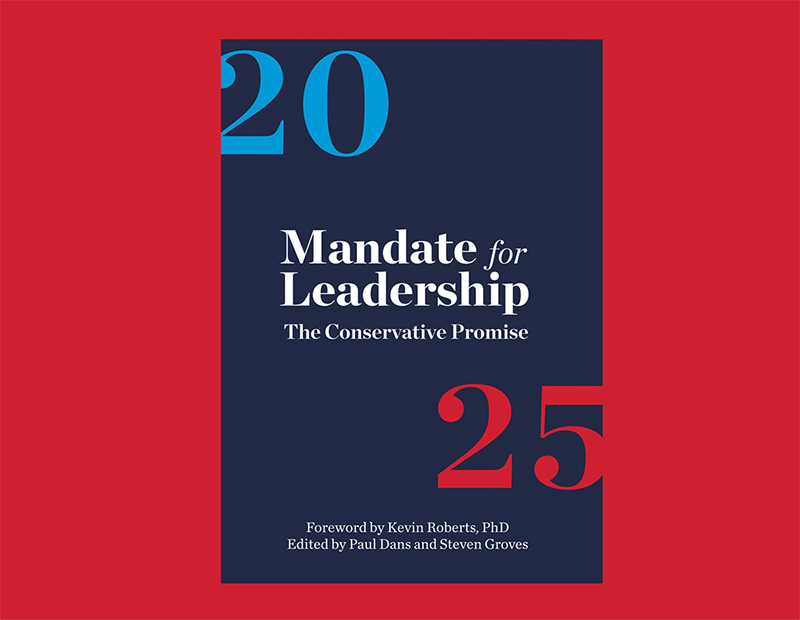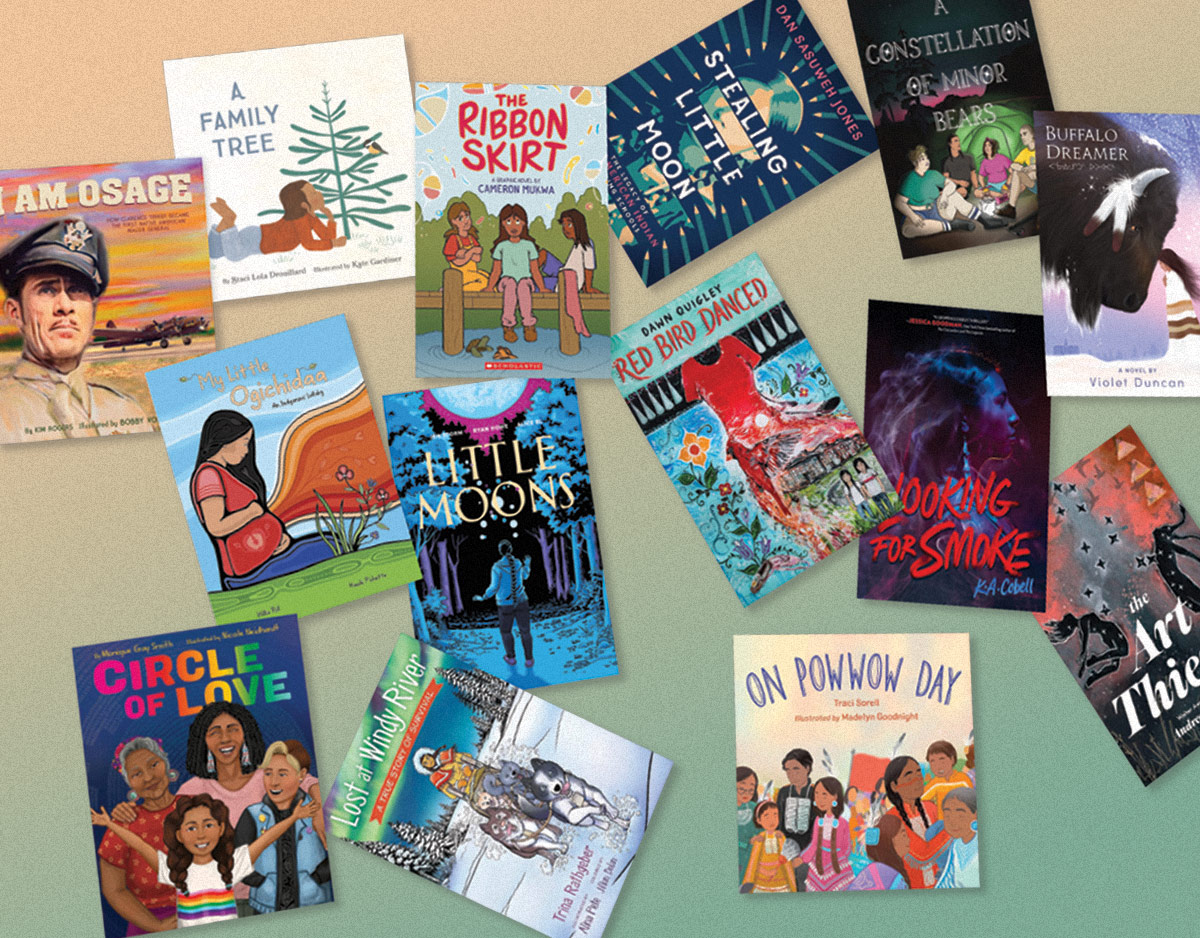SCROLL DOWN TO READ THE POST
ISTE Launches Refreshed Standards for Students
At ISTE 2016, this week in Denver, we saw the official release of a refreshed and aspirational set of Standards for Students focused on empowering student voice.
We’ve come a long way from 1998 when our students exposure technology was largely limited to a weekly computer lab visit. ISTE describes the nearly twenty year progression of their standards as a journey from:
Supporting a learner-driven approach, the 2016 ISTE Standards for Students are a blueprint by and for innovative educators worldwide to guide education transformation and meaningful, future-ready learning. They are not about devices or using technology; they are about giving voice to learners the world over and ensuring that learning is a student-centered process of exploration and discovery.
Every one of these seven refreshed standards is in the wheelhouse of the teacher librarian. They resonate closely with our existing Standards for the 21st-Century Learner and I suspect they will nicely align with our own refresh, expected to be released at AASL National 2017. The refreshed standards are all about THINK, CREATE, SHARE, GROW.
ADVERTISEMENT
ADVERTISEMENT
I know our classroom teacher partners will welcome our early work connecting these standards to content area standards and to student inquiry.
1. Empowered Learner: Students leverage technology to take an active role in choosing, achieving and demonstrating competency in their learning goals, informed by the learning sciences. View Indicators2. Digital Citizen: Students recognize the rights, responsibilities and opportunities of living, learning and working in an interconnected digital world, and they act and model in ways that are safe, legal and ethical. View Indicators3.Knowledge Constructor: Students critically curate a variety of resources using digital tools to construct knowledge, produce creative artifacts and make meaningful learning experiences for themselves and others. View Indicators4. Innovative Designer: Students use a variety of technologies within a design process to identify and solve problems by creating new, useful or imaginative solutions. View Indicators5. Computational Thinker: Students develop and employ strategies for understanding and solving problems in ways that leverage the power of technological methods to develop and test solutions. View Indicators6.Creative Communicator: Students communicate clearly and express themselves creatively for a variety of purposes using the platforms, tools, styles, formats and digital media appropriate to their goals. View Indicators7. Global Collaborator: Students use digital tools to broaden their perspectives and enrich their learning by collaborating with others and working effectively in teams locally and globally. View Indicators
About Joyce Valenza
Joyce is an Assistant Professor of Teaching at Rutgers University School of Information and Communication, a technology writer, speaker, blogger and learner. Follow her on Twitter: @joycevalenza
ADVERTISEMENT
SLJ Blog Network
Winter Light: An Aaron Becker Interview and Video Trailer Reveal!
Tegan and Sara: Crush | Review
Take Five: Dogs in Middle Grade Novels
The Classroom Bookshelf is Moving
Gayle Forman Visits The Yarn!
ADVERTISEMENT
ADVERTISEMENT







